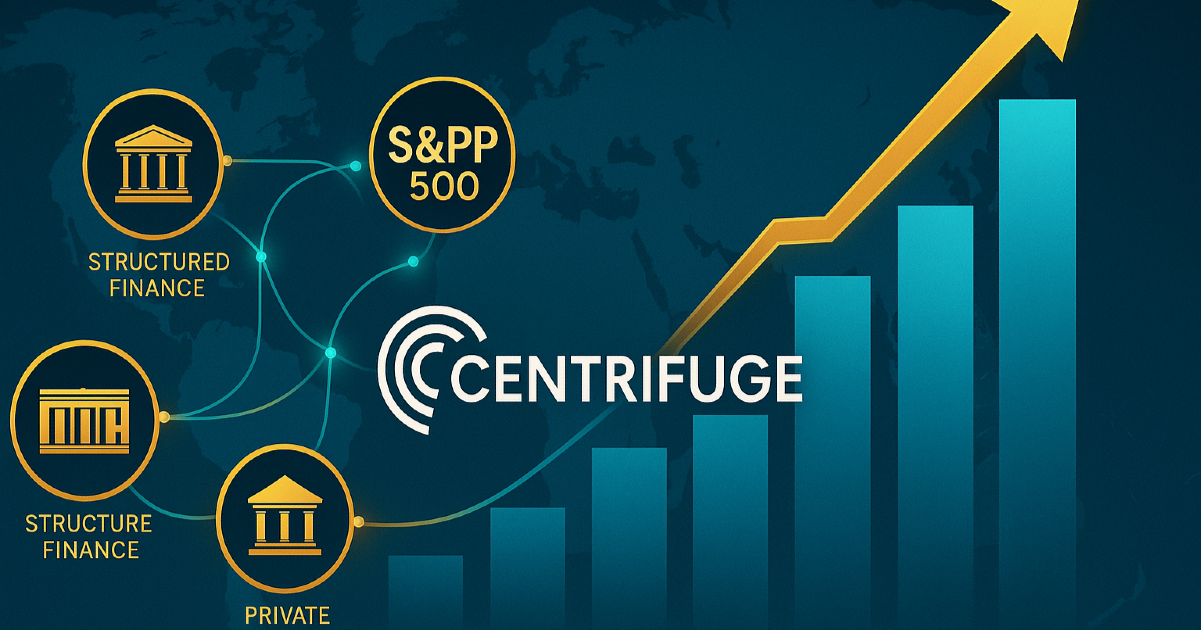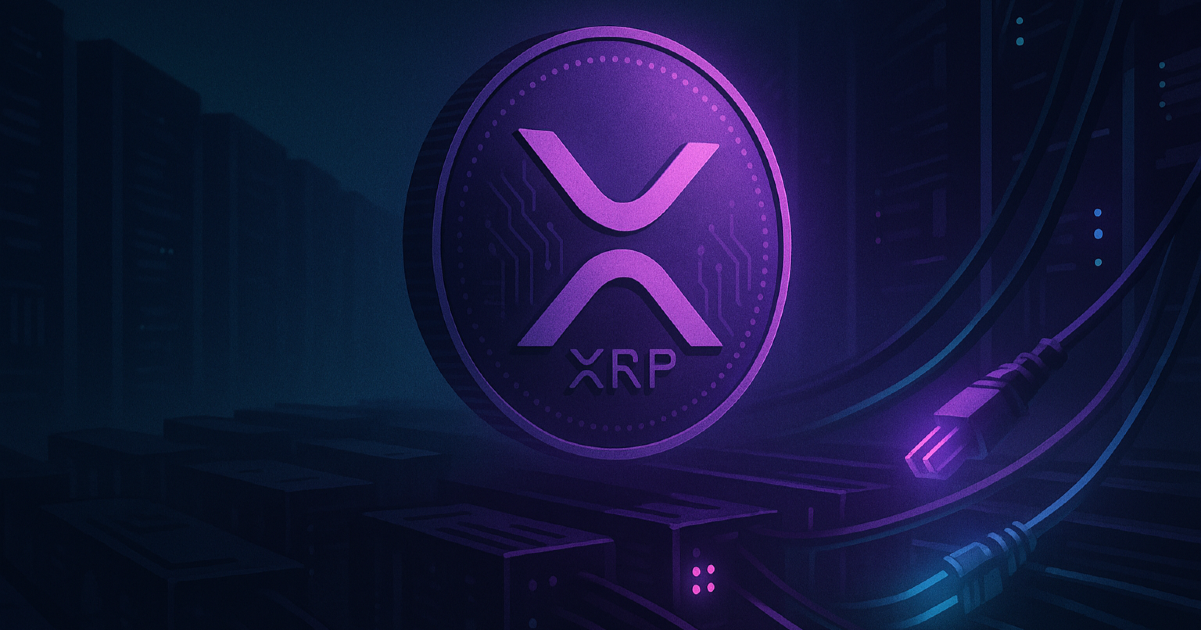Gemini files for Nasdaq IPO under GEMI amid crypto momentum.
Introduction—A Defining Moment for Gemini and the Winklevoss Twins
The announcement of the Gemini Nasdaq filing marks one of the most significant steps in the exchange’s history. Founded by Cameron and Tyler Winklevoss in 2014, Gemini has long positioned itself as a trusted, regulation-friendly digital asset platform. Now, with the decision to move forward with a public listing, the company is signaling that it intends to compete directly in the arena of established financial institutions.
The IPO will see Gemini listed on the Nasdaq Global Select Market under the ticker symbol GEMI. This bold move comes at a time when investor enthusiasm for crypto is regaining strength, creating an environment of heightened crypto momentum. While the filing revealed that Gemini’s revenue has softened and losses have widened, the company is betting on long-term growth and on the credibility that comes with joining the ranks of publicly listed firms.
The Numbers Behind the Gemini Nasdaq Filing
In its prospectus, Gemini disclosed a net loss of nearly $282.5 million in the first half of 2025, a sharp increase from the $41.4 million loss reported during the same period the year before. Revenue slipped from over $74 million to just under $68 million. These figures highlight the tough conditions many exchanges face in a competitive and highly volatile marketplace.
Despite the numbers, Gemini’s leadership remains confident. The IPO is designed not only to raise fresh capital but also to solidify the company’s brand as one of the few exchanges bold enough to bridge digital finance and Wall Street. This willingness to go public even with challenging financials shows that the Winklevoss IPO is about more than quarterly earnings; it is about securing a long-term place at the table of global finance.
Structure of the Offering—Retaining Control
One of the most notable features of the Gemini IPO is its dual-class share structure. Class A shares will carry one vote each, while Class B shares will carry ten votes. All Class B shares are retained by Cameron and Tyler Winklevoss. This structure ensures that the founders will maintain majority voting control even after the IPO, a model similar to that used by some of the world’s largest tech companies.
By positioning Gemini as a “controlled company” under Nasdaq rules, the Winklevoss twins are making it clear that while they are opening up to outside investors, strategic control will remain firmly in their hands. For potential shareholders, this structure sends a double-edged signal: on one hand, it provides continuity and vision; on the other, it limits external influence over major decisions.
Why This Filing Matters Now
A Wave of Crypto Listings
The Gemini Nasdaq filing is part of a broader trend of crypto firms pursuing public listings. Over the past year, companies like Circle and Bullish have entered traditional markets, and reports suggest that other players are exploring similar paths. For Gemini, being among the first wave of exchanges to go public reinforces its reputation as a pioneer in regulated crypto infrastructure.
Riding on Market Surge
The timing also coincides with a rebound in the IPO market and renewed interest in blockchain adoption. Public investor appetite for growth companies is improving, and digital assets remain at the forefront of that conversation. The market surge in crypto equities has created favorable conditions for Gemini’s move, giving it an opportunity to tap into momentum and broaden its investor base.
Regulatory Clarity as a Catalyst
Regulation has long been a sticking point for crypto companies, but recent moves by U.S. authorities have provided greater regulatory clarity. Frameworks for stablecoins, clearer guidelines on custody, and incremental progress toward consistent oversight have helped reduce uncertainty. Gemini has leaned heavily into its compliance-first brand, often contrasting itself with competitors that have faced tougher scrutiny. This compliance posture strengthens investor confidence, especially in the context of a public listing.
Institutional Trust and the Road Ahead
Gemini’s IPO is being underwritten by some of the most prestigious names in finance, including Goldman Sachs, Morgan Stanley, and Citigroup. The presence of these institutions adds significant credibility to the Winklevoss IPO, signaling to the market that traditional finance is ready to support crypto firms entering the public sphere.
This partnership underscores a growing trend: Wall Street is no longer treating digital assets as a passing fad. Instead, major banks and asset managers are positioning themselves as facilitators of the industry’s integration into mainstream capital markets. The infusion of institutional trust is perhaps the most powerful tailwind for Gemini as it transitions from private to public.
Balancing Losses with Strategic Vision
Critics may point to Gemini’s widening losses as a sign that the IPO could face skepticism. However, the company is framing the losses as part of a broader growth story. The capital raised through the offering will support operations, strengthen balance sheets, and enable expansion into custody, derivatives, and stablecoin products.
The Winklevoss twins have consistently argued that building for the long term requires enduring short-term challenges. This narrative will likely resonate with growth-oriented investors who see the crypto sector as being in the early stages of adoption. For them, Gemini’s financial performance today may be less important than its potential to scale tomorrow.
Competitive Landscape—Where Gemini Stands
Gemini’s move to go public invites inevitable comparisons to Coinbase, which remains the largest U.S. crypto exchange listed on Nasdaq. While Coinbase enjoys a larger share of retail trading, Gemini has carved out a reputation for reliability, security, and regulatory friendliness.
In contrast to exchanges that have aggressively chased trading volume, Gemini has focused on institutional relationships, compliance infrastructure, and secure custody. This positioning could pay dividends as investors increasingly seek exchanges they can trust. The IPO gives Gemini a platform to highlight these strengths while differentiating itself in a crowded marketplace.
Market Indicators to Watch
For traders and investors evaluating Gemini’s debut, several market indicators will be crucial. First, overall demand in the IPO market will determine whether GEMI opens strongly. Second, the performance of peer companies such as Coinbase and Circle will provide context for how public investors are pricing crypto exchanges. Third, regulatory developments in the U.S. will continue to shape sentiment, particularly if new rules reinforce the advantage of compliant platforms like Gemini.
Ultimately, the interplay of these factors will dictate how the market responds to the Winklevoss IPO. If crypto equities remain in favor, Gemini’s timing could be fortuitous. If sentiment turns, the path may be more volatile.
Risks and Challenges
While the filing is a major step, challenges remain. Gemini must prove that it can reverse declining revenues and chart a clear path to profitability. Increased competition from both centralized and decentralized exchanges means margins are thin, and user loyalty is hard to secure.
Additionally, crypto markets remain vulnerable to external shocks. Regulatory crackdowns, security breaches, or macroeconomic downturns could all undermine Gemini’s performance. These risks make it essential for the company to continuously reinforce its compliance edge and operational security.
Why the Winklevoss IPO Resonates
Despite these risks, the Winklevoss IPO resonates because it symbolizes the maturation of the crypto sector. For years, digital assets have been seen as an outsider in finance. Gemini’s Nasdaq debut bridges that divide, showing that crypto firms can meet the stringent demands of public markets.
The Winklevoss twins’ journey from suing Facebook to building one of the most compliance-driven exchanges adds a compelling personal narrative. It reinforces the image of Gemini as a project driven by long-term vision rather than short-term speculation.
Looking Forward—What Success Would Look Like
If Gemini’s IPO succeeds, it could inspire a new wave of listings. Exchanges, wallet providers, and infrastructure firms may all follow suit, expanding the presence of crypto companies on Wall Street. For Gemini itself, success means more than a stock price surge. It would validate years of investment in compliance, security, and brand reputation.
The proceeds could allow Gemini to accelerate its product pipeline, strengthen its balance sheet, and explore acquisitions in areas like custody and tokenization. It could also boost morale within the industry, signaling that even in times of volatility, crypto companies can thrive in the public arena.
Conclusion – A Landmark in Crypto Momentum
The Gemini Nasdaq filing is more than a corporate milestone; it is a signal of where the crypto industry is headed. Despite deepening losses, Gemini is betting on market surge, regulatory clarity, and institutional trust to carry it forward. The Winklevoss IPO encapsulates both the challenges and the opportunities of building in crypto: short-term financial headwinds, counterbalanced by the promise of long-term adoption and mainstream integration.
Investors will watch closely as GEMI makes its debut. The listing represents not only the future of one exchange but also a defining chapter in crypto’s journey toward legitimacy. Whether Gemini becomes a dominant force in the public markets will depend on its ability to execute, innovate, and stay true to the compliance-first ethos that has carried it this far.
For now, the message is clear: the world of digital assets is no longer content to operate on the margins. With the Gemini IPO, crypto is stepping confidently into the spotlight.






